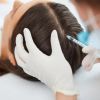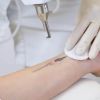Ingrown Toenail
Ingrown Toenail
Ingrown toenail is a painful and swollen condition that occurs when the sharp edge of the nail is embedded in the skin. Pain and inflammation occur, and yellowish discharge may be observed. Although commonly seen in toenails, ingrown toenails can also occur in fingernails. Ingrown toenails, often resulting from improper nail cutting, are a significant health problem that restricts daily activities affecting social life.
Ingrown toenails are frequently observed in adults. While more common in men than women, the frequency of ingrown toenails increases during pregnancy. It is more often seen in the big toe.
What Causes Ingrown Toenails?
- Wearing tight, narrow, and high-heeled shoes
- Incorrect and deep cutting of nails
- Incorrect practices in manicure and pedicure
- Injury or trauma around the nail
- Family history
- Nail disorders resulting from toenail fungus
- Can occur when nails are more rounded than normal or when bones are more protruding
Can an infection develop after ingrown toenail?
As a result of ingrown toenail, discharge may occur in the area. Discharge does not always indicate an infection. If an infection develops, the swelling worsens, and yellow-white discharge may be seen in the area where the nail is ingrown. In the treatment of infected ingrown toenails, infection control is prioritized, followed by the treatment of the ingrown toenail.
How is ingrown toenail treated?
Identification and elimination of the factor causing ingrown toenail are necessary.
Pulling the ingrown nail
The most effective and permanent treatment method is to remove the ingrown part of the nail structure from that area. It is not the complete removal of the entire nail. Afterwards, a solution that prevents nail formation is applied to that area to prevent recurrence. It is a single-session treatment. The patient can return to normal life after two days of rest. The success rate of the treatment is 90-95%.
Pulling the ingrown nail
The most effective and permanent treatment method is to remove the ingrown part of the nail structure from that area. It is not the complete removal of the entire nail. Afterwards, a solution that prevents nail formation is applied to that area to prevent recurrence. It is a single-session treatment. The patient can return to normal life after two days of rest. The success rate of the treatment is 90-95%.
Wire Application
It is the most commonly used method in the treatment of ingrown toenails. With the wire application, the ingrown nail's transition to its own form is ensured. Thanks to the wire application, patients often get rid of nail extraction.
Application of a Buffer
To prevent ingrown toenail, a cotton-like buffer is placed between the nail and the tissue to prevent damage to the ingrown side nail and the development of infection.
Correct Nail Cutting
Proper nail cutting is the most important method to prevent ingrown toenails. While it is recommended to cut toenails straight, it is recommended to cut fingernails round. Cutting the nail too deep is not recommended.
Methods to Prevent Ingrown Toenails
Nails should not be cut too deep, and they should not be shorter than the skin.
Nails should be cut straight.
Shoes that do not squeeze the foot, are not hard, and have rounded tips should be preferred.
Nails should be cut straight.
Shoes that do not squeeze the foot, are not hard, and have rounded tips should be preferred.





